Introduction
In the realm of Japanese culture and art, circles hold a profound significance, representing harmony, balance, and the eternal cycle of life. From the mesmerizing patterns of Zen gardens to the symbolic moon gates found in traditional architecture, the circle’s presence is both aesthetically captivating and spiritually enlightening. This blog post delves into the captivating world of circles in Japanese culture, exploring their profound meaning, their integration in various art forms, and their ability to evoke a sense of tranquility and contemplation.
The Symbolic Power of Circles in Japanese Art and Culture

Circles have long been revered in Japanese culture for their symbolic meaning and spiritual associations. In the philosophy of Zen, the circle, or “enso,” represents enlightenment, the infinite, and the beauty of imperfection. Created with a single brushstroke, the enso encapsulates the essence of existence, embodying the concept of “mu” or nothingness. It serves as a visual representation of the Zen master’s mind, reflecting the artist’s state of being in a moment of pure creation.
In traditional Japanese art, circles are also prominent in the form of moon gates, circular openings found in garden walls or architectural structures. Moon gates, known as “tsukimi-dai,” are closely tied to the celebration of the moon and the changing seasons. These elegantly curved structures serve as frames through which one can appreciate the moon’s beauty and contemplate the transient nature of life. The circular shape of moon gates also symbolizes the cyclical patterns of nature, emphasizing the interconnectedness of all living things.
Next, consider digging deeper into the significance of Enso Circles: The Enso Circle in Zen: Symbolism and Artistry
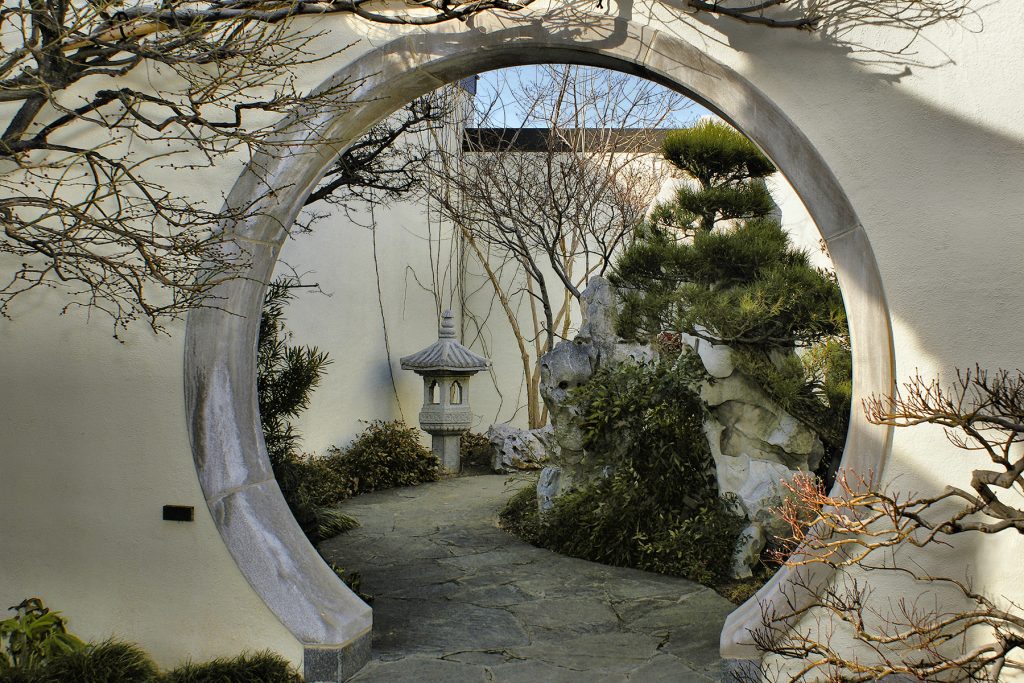
Circles in Japanese Art Forms
Japanese art showcases a myriad of examples where circles take center stage, infusing works with a sense of harmony and aesthetic balance. One such art form is the intricate art of “kirigami,” the delicate paper cutting technique. Kirigami often features circular motifs, intricately crafted into delicate designs that exhibit both precision and fragility. The circular patterns found in kirigami capture the essence of the circle’s symbolism, inviting viewers into a world of intricate beauty and captivating simplicity.
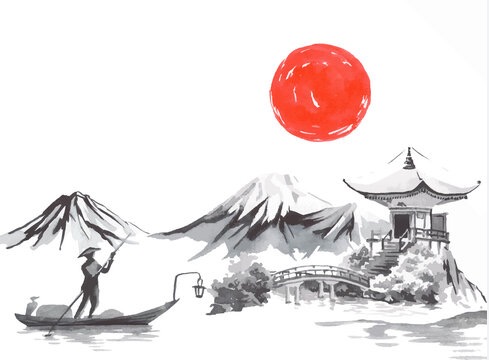
Another art form that beautifully incorporates circles is “sumi-e,” the traditional ink wash painting. In sumi-e, circles can be found in the depiction of natural elements such as the full moon, water droplets, or even the gentle curves of a bird in flight. The deliberate use of circles in sumi-e paintings adds a sense of balance and rhythm, evoking a serene atmosphere that draws viewers into a meditative state.
Circle-inspired Zen Gardens
Zen gardens, known as “karesansui,” are renowned for their minimalist beauty and the careful placement of elements that evoke a sense of tranquility and contemplation. Circles play a significant role in the design of Zen gardens, representing the eternal and the interconnectedness of all things. Raked gravel patterns are often arranged in circular or curvilinear shapes, symbolizing the fluidity of water and the cyclic nature of life. Rocks and boulders are strategically placed to mimic the flow of a natural landscape, creating a harmonious composition that encourages meditation and introspection.
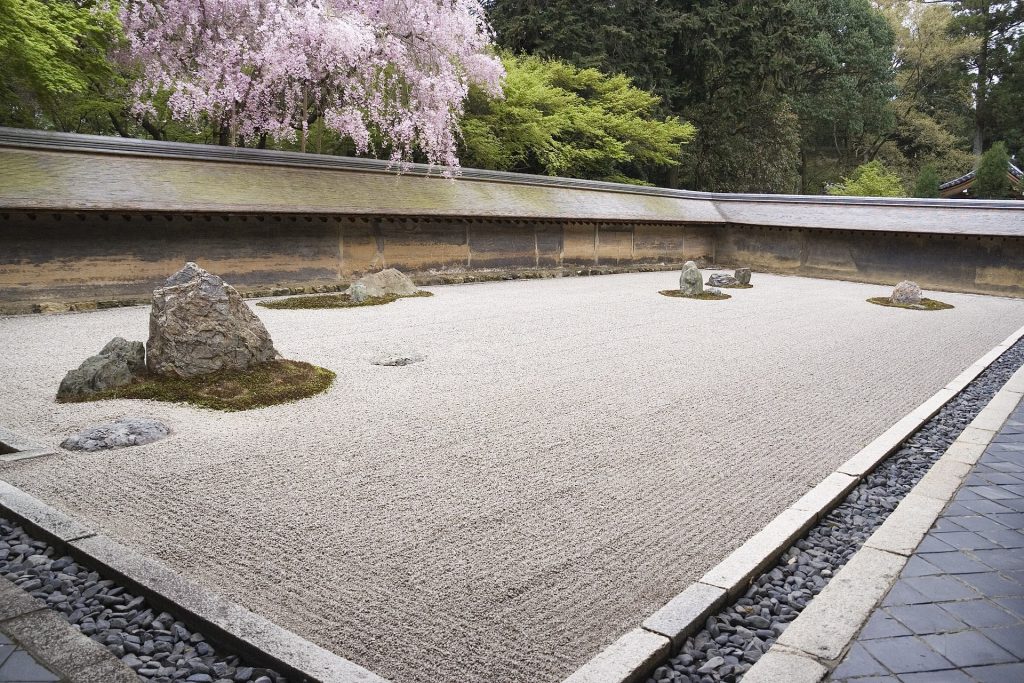
One iconic example of a circle-inspired Zen garden is the Ryoan-ji Temple‘s rock garden in Kyoto. The garden features fifteen carefully arranged rocks surrounded by a sea of meticulously raked gravel. The circular shape of the gravel bed creates a sense of serenity and balance, while the arrangement of rocks invites contemplation and invites viewers to find their own meaning within the design.
Conclusion
Circles hold a profound significance in Japanese culture and art, evoking a sense of harmony, balance, and the eternal cycle of life. From the symbolic power of the enso in Zen philosophy to the mesmerizing patterns of moon gates and the soothing designs of Zen gardens, circles are interwoven into various art forms, inviting viewers to embrace a moment of tranquility and contemplation. By recognizing the importance of circles in Japanese culture, we can gain a deeper appreciation for the beauty and spiritual depth of this rich artistic heritage.
Read Next:
Zen Art and Japandi Design: A Harmonious Blend of Simplicity and Mindfulness
Eternal Motion: The Significance of Japanese Wave Art
10 Steps to Create a Beautiful Japandi Home

At the Art of Zen we have a wide selection of original Japanese art prints in the ukiyo-e and Japandi style . Add some zen to your space with some art from the Art of Zen shop.
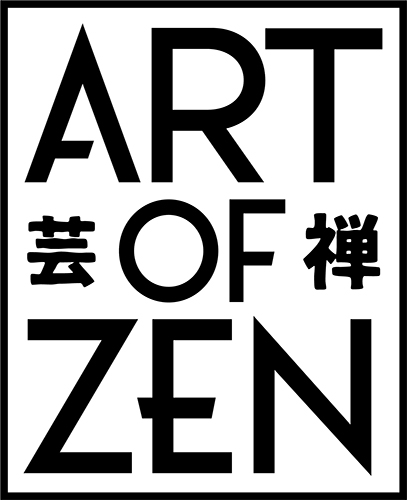
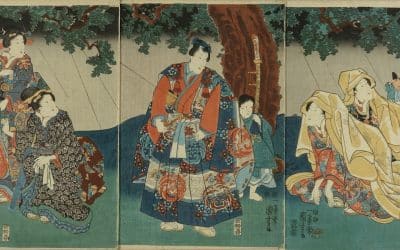
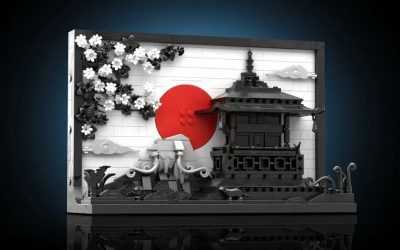
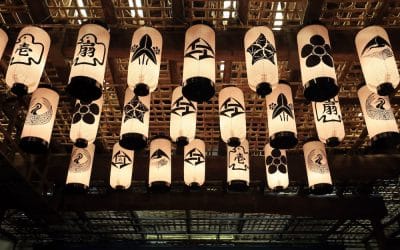
0 Comments